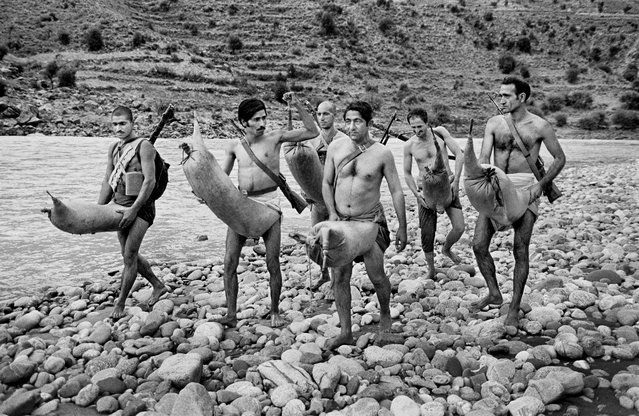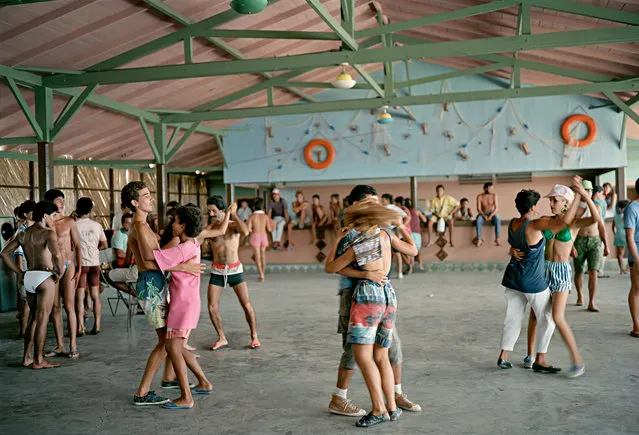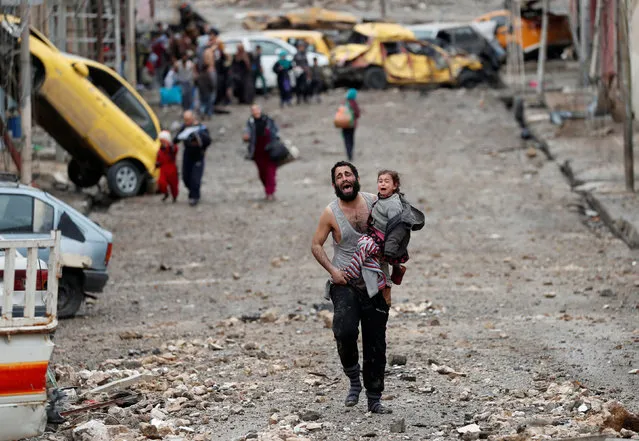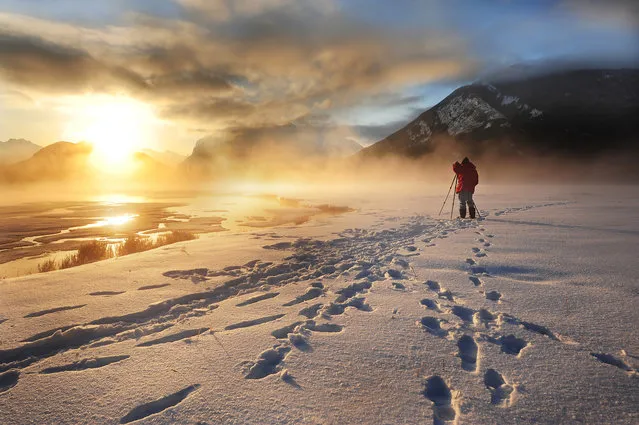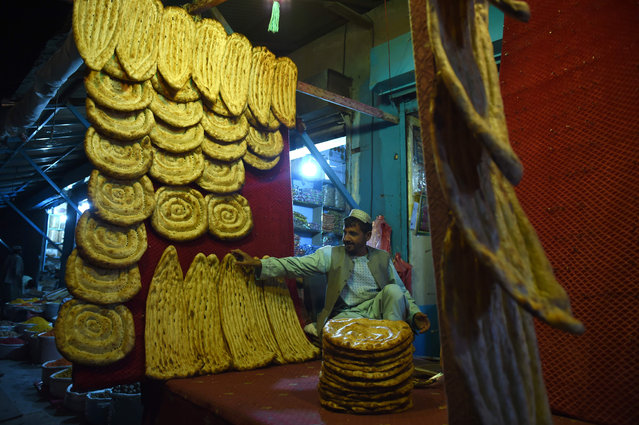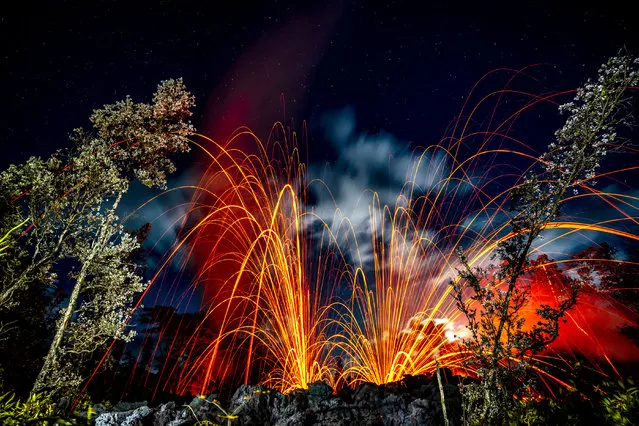
These beautiful images aim to show the more artistic side of Hawaii’s recent volcano eruption, highlighting the sheer power of Mother Nature and the act of creating new land. Photographer CJ Kale’s breathtaking works show the molten lava in its incredible vibrancy, whether it’s bursting from the ground in fireworks fashion or pouring into surrounding waters, causing steam to rise. (Photo by CJ Kale/Caters News Agency)
13 Jul 2018 00:05:00,post received
0 comments

